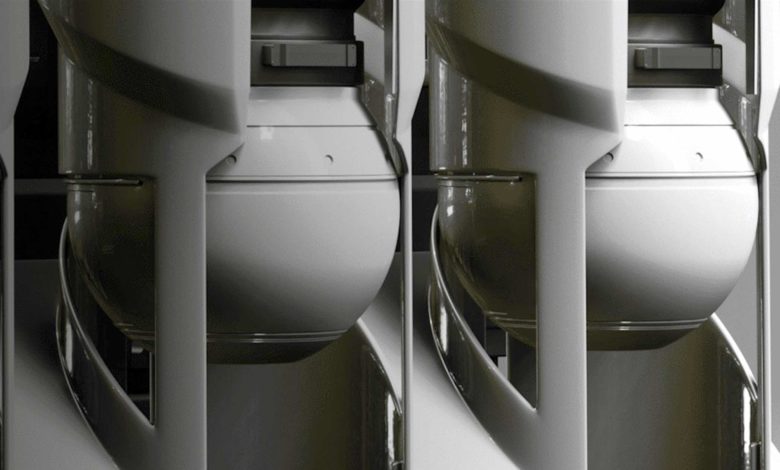Key nuclear tests to get underway in the US bringing shipping a step closer to adopting atomic propulsion

Southern Company Services (SCS) and TerraPower have built and installed a new test facility at TerraPower’s laboratory in Everett, Washington, a development maritime backers of atomic propulsion believe will hasten the uptake of the energy at sea.
The integrated effects test, or IET, is the largest chloride salt system in the world and will be instrumental in helping to develop the team’s molten chloride fast reactor (MCFR) technology.
The installation of the IET was part of a seven-year, $76m cost-shared project with the US Department of Energy to further develop the MCFR system.
TerraPower and SCS, a subsidiary of Southern Company, plan to demonstrate the reactor in the early 2030s.
A new nuclear renaissance is coming, and a very strong momentum is building across the maritime sector
The non-nuclear system is heated by an external power source and will be used to help validate the thermal hydraulics and safety analysis codes needed to demonstrate molten salt reactor systems.
The IET also supports the development of the molten chloride reactor experiment at Idaho National Laboratory, which will be the world’s first fast spectrum salt reactor.
The MCRE is being funded through DOE’s Advanced Reactor Demonstration Program and will help inform the design, licensing and operation of the MCFR demonstration.
Jeff Latkowski, TerraPower’s senior vice president of innovation programs, said: “The MCFR will play a pivotal role in decarbonizing heavy industries, and we are proud to work with Southern Company, CORE POWER, and other partners to develop the systems necessary to bring new reactors to market.”
Southern Company and TerraPower are working together to develop a molten chloride fast reactor that uses liquid salts as both a coolant and fuel. This allows the reactor to operate at high temperatures to produce heat or clean power more efficiently than today’s reactors.
Also heavily involved in the project is Mikal Boe-led CORE POWER, which has attracted the interest of more than 50 shipowners who are keen to get atomic reactors installed on future vessels.
“Shipping needs a new energy source, for synthetic fuels and for future power systems. No amount of weather dependent energy will be able to meet the demands of our industry, so if we’re going to replace fossil fuels, we need new nuclear,” Boe told Splash.
For new nuclear to work for shipping Boe said it was vital to bring it up “close and personal”.
“To do this we need to shrink the emergency zone around each reactor to within the boundary of a floating power plant or a ship so it can call in ports and work on the coast without safety concerns,” Boe explained, insisting the MCFR will do this “beautifully”, and the new IET facility would be a “major milestone” on the road to make that happen by 2030.
“A new nuclear renaissance is coming, and a very strong momentum is building across the maritime sector,” Boe said.
According to the US Nuclear Maritime Applications Group, new nuclear for maritime will be focused on the US, UK and Japan initially, combining US reactor innovation with British maritime regulations and Japanese shipbuilding expertise, a potential fillip for the Asian nation which has seen its leading shipyard position usurped by rivals in South Korea and China this century.
No comments:
Post a Comment